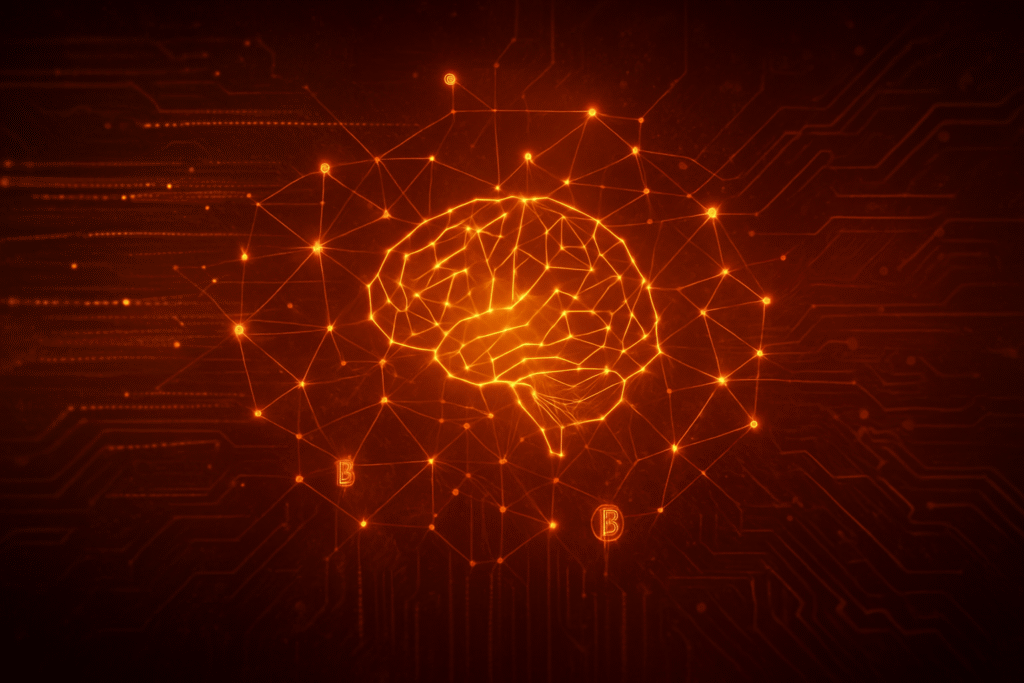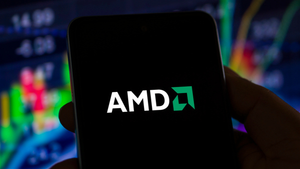
The cryptocurrency and Web3 landscape is undergoing a profound transformation as Artificial Intelligence (AI) rapidly integrates with blockchain technology. This synergy, far from being a distant promise, is actively reshaping the crypto mining industry, enhancing the capabilities of decentralized finance (DeFi), and paving the way for a new generation of Web3 applications. As of late 2025, this convergence marks a pivotal moment, promising unprecedented levels of efficiency, security, and innovation across the digital economy.
The immediate market response isn't characterized by a single event, but rather a strategic pivot and a growing recognition of AI's indispensable role. Major players in the mining sector are diversifying their operations, while investors are increasingly eyeing projects at the forefront of AI-blockchain integration. This evolution is critical for the crypto ecosystem, addressing long-standing challenges like energy consumption in mining, enhancing smart contract intelligence, and fostering a more robust and adaptive decentralized future.
Market Impact and Strategic Shift
The intersection of AI and blockchain is catalyzing a significant strategic shift within the crypto mining industry, impacting market dynamics more through operational restructuring than immediate token price volatility. A notable trend is the move by approximately 70% of top Bitcoin miners to generate revenue from AI or high-performance computing (HPC) services. This strategic pivot leverages their existing infrastructure, including large-scale power capacity, advanced cooling systems, and secure data facilities, to offer GPU cloud hosting and enterprise data compute services. This diversification acts as a crucial buffer against the volatile nature of cryptocurrency markets, providing stable revenue streams and reducing reliance on unpredictable crypto price fluctuations.
The influence of AI is also profoundly impacting mining efficiency and profitability. AI algorithms are now indispensable for optimizing energy usage, fine-tuning operational parameters of mining hardware, and balancing electricity loads. This leads to substantial reductions in electricity costs and a more sustainable mining footprint. Furthermore, AI-driven predictive maintenance tools are minimizing downtime by forecasting equipment failures, ensuring timely repairs and extending hardware lifespan. Companies like Bitmain and Hive Blockchain Technologies (NASDAQ: HIVE) are at the forefront of developing these AI-based solutions to optimize ASIC and GPU performance in real-time. Experts project that by Q4 2025, AI data centers could rival or even exceed Bitcoin mining in electricity demand, with AI actively optimizing Bitcoin mining operations, showcasing the scale of this integration.
Looking ahead, the market anticipates a continued shift, with up to 20% of Bitcoin mining capacity expected to transition to AI/HPC by 2027, potentially adding an impressive $13.9 billion in annual revenue to the sector. This indicates a long-term transformation aimed at cost savings, adaptability, and sustainability, rather than a speculative bubble. The growing market value of AI tokens in Web3 further underscores increasing investor interest and wider adoption of projects that seamlessly blend these two transformative technologies.
Community and Ecosystem Response
The crypto community and broader Web3 ecosystem have largely embraced the integration of AI with a mix of excitement for innovation and a keen eye on practical applications. Social media platforms, crypto forums, and specialized communities are abuzz with discussions about the potential of AI to unlock new efficiencies and capabilities. Influencers and thought leaders consistently highlight the transformative potential, particularly in areas like decentralized AI (DeAI), AI-powered smart contracts, and the evolution of DeFi. The sentiment leans heavily towards optimism regarding AI's ability to solve some of blockchain's inherent challenges, such as scalability and energy consumption, while simultaneously creating novel user experiences.
The ecosystem response is evident in the emergence and growth of specialized projects and platforms. AI-powered cloud mining platforms like FY Energy, MagiCrypto, and BitFuFu are gaining traction, offering automated, AI-driven optimization that simplifies mining for users and promises more stable passive income. In the DeFi space, platforms such as IAESIR, Fetch.ai, and Numerai are pioneering AI-driven decentralized hedge funds and autonomous agents, leveraging machine learning for advanced risk assessment, fraud detection, and automated trading strategies. These developments signify a shift towards more intelligent, adaptive, and autonomous financial systems within Web3.
Beyond mining and DeFi, AI's influence extends to NFTs, with generative AI creating dynamic and evolving digital assets, and to DAOs, where decentralized intelligence systems are beginning to manage a significant portion of voting – an estimated 12-15% in autonomous DAOs by late 2025. Projects like Ocean Protocol are fostering collaborative AI training through crypto incentives, empowering users with data control and monetization. The collective sentiment points to AI not just as an enhancement but as a foundational element for the next generation of the internet, promising enhanced security, efficiency, and user empowerment across all facets of the decentralized landscape.
What's Next for Crypto
The convergence of AI and blockchain sets the stage for profound short-term and long-term implications across the crypto market. In the short term, we can expect continued strategic diversification by mining operations, with more companies pivoting to offer AI/HPC services as a core revenue stream. This will likely lead to increased stability for mining entities, making the sector more resilient to crypto market fluctuations. For investors, the focus will intensify on AI-related tokens and projects that demonstrate tangible use cases and robust integration between AI and blockchain technologies, particularly those addressing efficiency, security, and scalability.
Longer-term, the implications are even more expansive. The intersection of AI and blockchain technology is projected to be worth over $2.7 billion by 2031, signaling substantial market growth. Key catalysts to watch include the ubiquitous integration of AI into regular software and services, seamlessly blending with blockchain and Web3 platforms. We anticipate increased adoption of NFTs and DAOs across diverse fields like education, real estate, and governance, empowered by AI's ability to create dynamic assets and enhance autonomous decision-making. Regulatory clarity, as it emerges, will also play a crucial role in balancing innovation with ethical considerations, potentially unlocking further institutional investment and mainstream adoption.
Strategic considerations for projects and investors will center on leveraging AI to address the blockchain trilemma (scalability, security, and decentralization). AI-enhanced infrastructure is making significant progress in dynamically allocating blockchain resources to reduce gas fees and maintain processing speed. Projects that prioritize AI-driven security, real-time threat detection, and advanced encryption will gain a competitive edge. Investors should monitor developments in precision farming, unmanned exploration, and AI-powered metaverse experiences, as these new industry applications are poised to be powered by the fusion of AI and blockchain. The growth of the AI token market will remain a key metric, reflecting investor confidence and the expanding utility of these integrated solutions.
Bottom Line
The integration of Artificial Intelligence with blockchain technology is not merely a fleeting trend but a fundamental, long-term transformation reshaping the entire cryptocurrency and Web3 ecosystem. For crypto investors and enthusiasts, the key takeaway is clear: AI is becoming an indispensable tool for enhancing efficiency, bolstering security, and unlocking novel applications that were previously unimaginable. From optimizing the energy consumption and profitability of crypto mining to powering intelligent smart contracts, dynamic NFTs, and robust DeFi protocols, AI is driving the next wave of innovation.
The long-term significance of this convergence cannot be overstated. It promises to address some of the most persistent challenges in the blockchain space, fostering greater sustainability in mining, improving the user experience across decentralized applications, and paving the way for truly autonomous and intelligent Web3 environments. This symbiotic relationship is crucial for driving broader crypto adoption, making decentralized technologies more accessible, efficient, and secure for a wider audience.
Important metrics to monitor include the continued diversification of revenue streams by major mining companies into AI/HPC services, the growth and performance of dedicated AI tokens within the Web3 market, and the progress of regulatory frameworks that seek to govern this evolving technological intersection. As of late 2025, the landscape is ripe with opportunity, and those who understand and adapt to the AI-blockchain nexus will be best positioned to thrive in the decentralized future.
This article is for informational purposes only and does not constitute financial or investment advice. Cryptocurrency investments carry significant risk.






